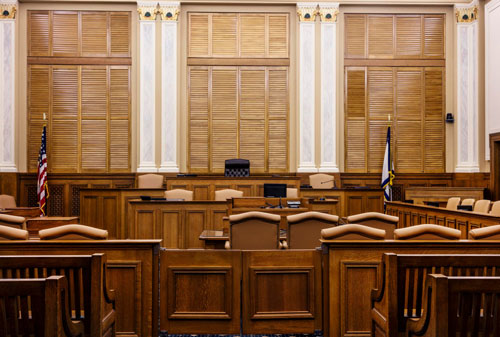The Court continued in relevant part: Asking witnesses long after a crime was committed if they can identify the culprit — when the only person who could reasonably be the defendant would be obvious to the witness, and when it is evident the prosecution team believes the person is the culprit — presents an even greater risk of misidentification than an out-of-court show-up. The concerns outlined in Henderson therefore apply with even greater force to first-time in-court identifications. Yet first-time in-court identifications are not currently subject to advance scrutiny. It is hard to see how the court system can justify overseeing the very type of identification procedure it would likely criticize law enforcement officers for conducting. By conducting a suggestive identification procedure in a courtroom, the State may implicate due process concerns and deprive defendants of their due process rights in a way that neither cross-examination nor jury instructions can adequately address.
To avoid unduly suggestive identifications of defendants that may trigger serious due process concerns under the State Constitution, the Court draws on the standard in Crayton and holds that first-time in-court identifications can be conducted only when there is “good reason” for them. See 21 N.E.3d at 169. Traditional “good reasons” for out-of-court show-ups no longer apply at trial. Id. at 170. But other good reasons may exist, such as when an “eyewitness was familiar with the defendant before” the crime. Ibid. The better practice, however, is for the State to conduct appropriate identification procedures before trial. If it does not, there may well be no good reason to allow an in-court identification for the first time. And if a witness fails to make a positive identification at an earlier procedure, the State must show that the proposed, upcoming in-court identification would be more reliable and would “pose little risk of misidentification despite its suggestiveness.” Collins, 21 N.E.3d at 536-37. To meet that burden, it is not enough to rely on the difference between still photos shown pretrial and the live presence of an individual in court.
It is difficult to imagine how the State could justify an in-court identification of the defendant after the witness failed to identify his hand-picked photo before court. It is even more difficult to imagine the justification for an in-court identification of the defendant when the witness previously identified a different person out-of-court.

